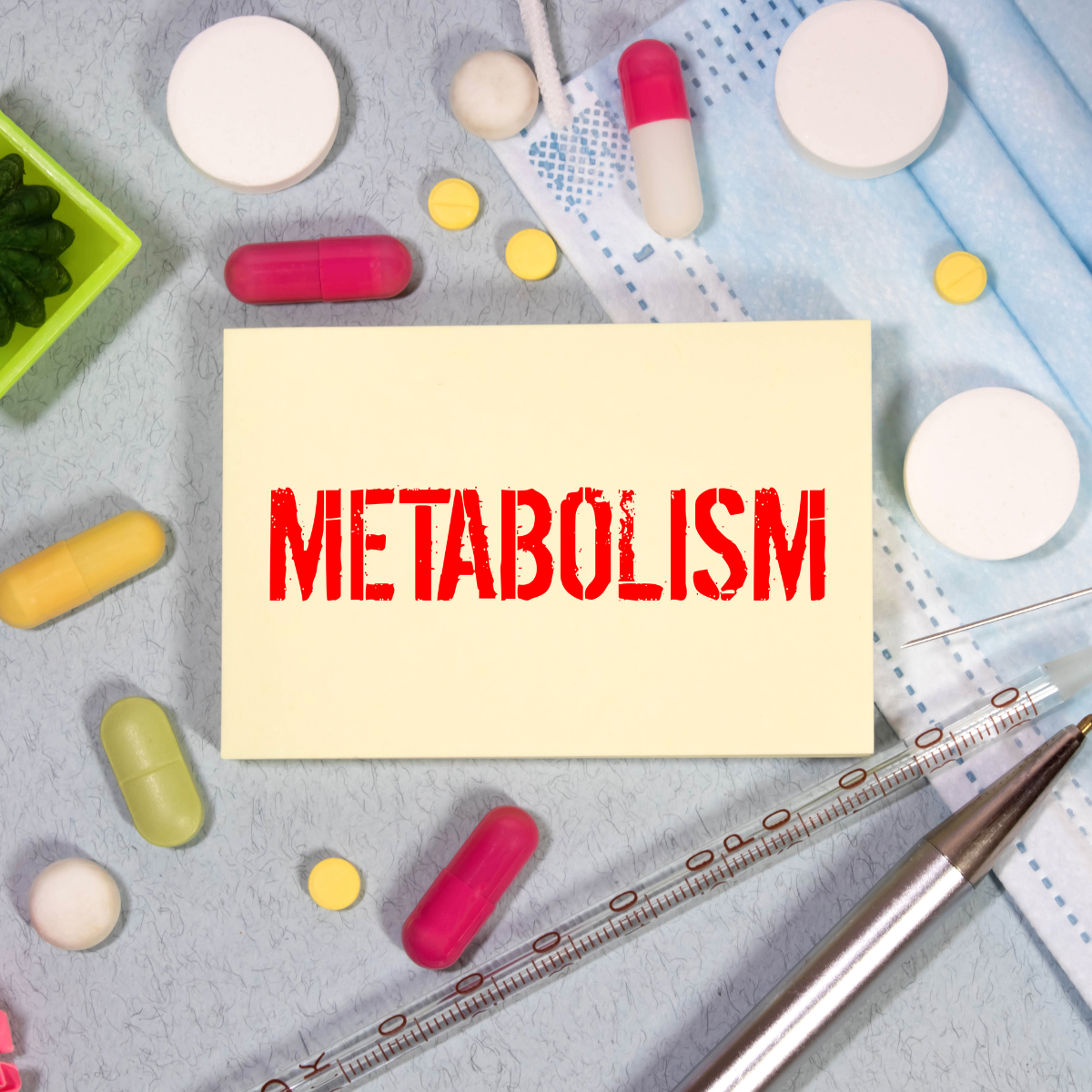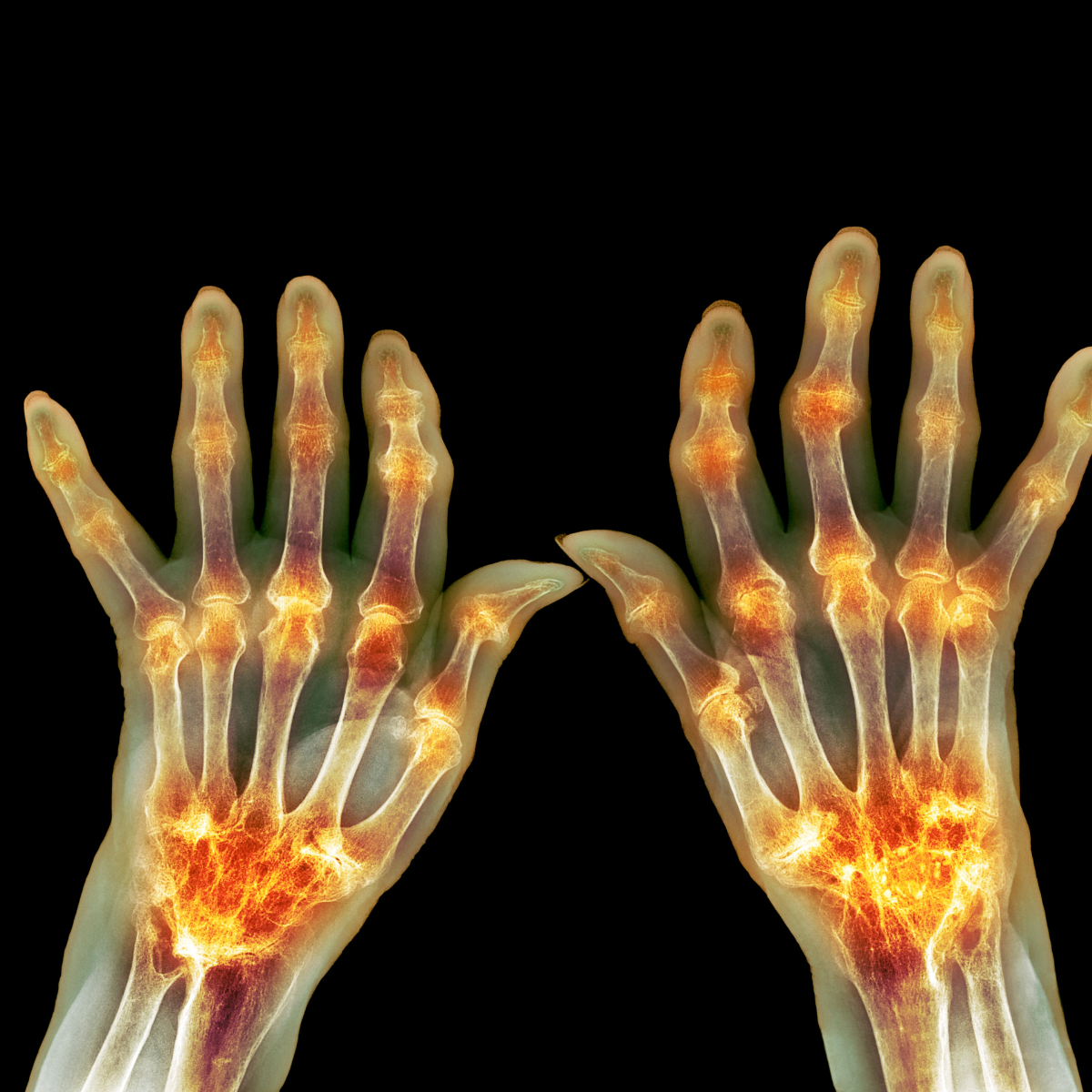
Metabolic Syndrome
What is Metabolic Syndrome?
Metabolic Syndrome is not a single disease, but a cluster of conditions that occur together and significantly increase the risk of:
-
Heart disease
-
Stroke
-
Type 2 diabetes
The syndrome is diagnosed when three or more of the following are present:
-
High blood pressure
-
High blood sugar
-
High triglycerides
-
Low HDL (good) cholesterol
-
Increased waist circumference (abdominal obesity)
2. Disease Progression
Without intervention, metabolic syndrome leads to:
-
Chronic inflammation
-
Insulin resistance
-
Fatty liver (NAFLD)
-
Type 2 diabetes
-
Cardiovascular events (heart attack, stroke)
This condition silently damages the body over years before showing major symptoms.
3. Root Causes
-
Insulin resistance from long-term high sugar/refined carb intake
-
Central obesity (fat accumulation around the waist)
-
Physical inactivity
-
Chronic stress and poor sleep
-
Genetic predisposition
-
Smoking and alcohol abuse
4. Prevalence
-
Affects 1 in 3 adults globally
-
Rising rapidly due to urban diets, sedentary work, and stress
-
Now increasingly seen in teenagers and young adults
-
Higher incidence in those with PCOS, fatty liver, or prediabetes
5. Symptoms
Often silent, but early warning signs include:
-
Fatigue, brain fog
-
Abdominal weight gain
-
Sugar cravings
-
Increased thirst or frequent urination
-
Darkened skin folds (acanthosis nigricans)
-
Elevated blood pressure or cholesterol without obvious reason
6. Nutritional Approach
“You can't medicate your way out of a condition you behaved your way into.”
-
Nutrition is the foundation for reversing metabolic syndrome
-
Focus on insulin sensitivity, reducing inflammation, and correcting nutrient imbalances
-
Whole food, anti-inflammatory diets are key
-
Avoid extreme diets—consistency over intensity
7. Core Dietary Focus
-
Low on refined carbs & sugars
-
High in fiber, protein, healthy fats
-
Balanced meals to avoid blood sugar spikes
-
Eat in a 12-hour window to support metabolic rhythm
-
Hydrate and add anti-inflammatory herbs/spices (e.g., turmeric, cinnamon)
8. Foods to Include
-
Whole grains (millets, quinoa, oats)
-
Non-starchy vegetables (greens, bell peppers, broccoli)
-
Healthy fats (avocado, nuts, seeds, olive oil)
-
Low-GI fruits (berries, apple, pear)
-
Lean proteins (legumes, tofu, fish, eggs)
-
Spices: turmeric, cinnamon, fenugreek
-
Green tea, herbal infusions, water
9. Foods to Limit
-
Refined carbs (white bread, maida, pastries)
-
Sugar-sweetened beverages (sodas, packaged juices)
-
Trans fats (baked goods, fried snacks)
-
Excess alcohol
-
Red meat & processed meat
-
Late-night snacking and frequent grazing
10. Key Nutrients
-
Magnesium: Improves insulin sensitivity (spinach, pumpkin seeds)
-
Chromium: Helps glucose metabolism (broccoli, whole grains)
-
Omega-3s: Reduce triglycerides (flaxseed, walnuts, fatty fish)
-
Fiber: Regulates blood sugar and cholesterol (chia, oats, veggies)
-
Antioxidants: Reduce inflammation (berries, greens)
-
Vitamin D: Supports metabolic and immune function
11. Lifestyle Recommendations
“Fix your routine before your routine fixes you to a hospital bed.”
-
Minimum 45–60 minutes of daily movement (walk, strength training, yoga)
-
Prioritize sleep: 7–8 hours of quality sleep daily
-
Manage stress with mindfulness, hobbies, therapy
-
Avoid smoking and limit alcohol
-
Create structured meal times
-
Reduce screen time, especially before bed
12. Monitoring & Tracking
-
Waist circumference: Men > 40 inches, Women > 35 inches = Risk
-
Blood pressure: >130/85 mmHg
-
Fasting glucose: >100 mg/dL
-
HDL: <40 mg/dL (men), <50 mg/dL (women)
-
Triglycerides: >150 mg/dL
-
Recheck every 3–6 months if at risk
Use a health journal or app to log:
-
Blood tests
-
Daily activity
-
Sleep
-
Meal quality
-
Stress levels
13. Next Steps / Consultation
-
Get a complete metabolic profile (lipid, glucose, insulin, waist measurement)
-
Start a meal plan focused on blood sugar and fat regulation
-
Work with a nutritionist or health coach to reverse risk factors
-
If you’re unsure where to start, seek guidance from:
-
Functional medicine practitioners
-
Lifestyle and nutrition therapy experts
-
Preventive cardiologists
📅Click here to Book your free 30-minute consultation
📌 Final Words:
Metabolic Syndrome is your body’s SOS signal.
It’s telling you that something needs to change now. The good news? It’s 100% reversible with the right action.











